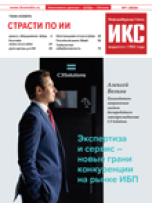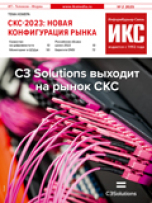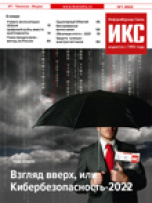| Рубрикатор |  |
 |
| Все новости |  |
World News |  |
 |
BRICS markets need affordable devices to unlock growth potential
| 02 марта 2012 |
Mobile operators in some of the world's largest emerging markets claim the high cost of devices is preventing them from extending services to millions of unconnected would-be customers.
SIM card penetration in India stands at 74%, but in real terms less than 50% of the population has a mobile phone, said Rajiv Bawa, head of Telenor India, at Mobile World Congress on Wednesday. That leaves a potential market of 600 million-700 million people without mobile connections for operators to target.″[However], devices are not at a level of price points that people can afford,″ he said, adding that the company's local mobile operator, Uninor, generates average revenue per user (ARPU) of ″roughly $2 to $3″ per month, compared to a national average of closer to $5.
Similarly, Mikhail Gerchuk, CCO of Russia's Vimpelcom, identified ″affordability of devices″ as the biggest challenge his company is facing at present.
Cheaper models of high-end devices would help Russia boost its smartphone penetration, which currently stands at just 11.4%, Gerchuk said. ″I am confident we are going to move in this direction... perhaps even this year,″ he added.
Indeed, moves to lower the cost of smartphones in China are proving successful, according to Jing Wang, VP of engineering at Internet company Baidu. Handset makers are scrambling to offer smartphones at a 1,000-yuan (€120) price point, he said: ″It's gaining big momentum.″
Similarly, Kenya's Safaricom early last year launched the Android-based IDEOS 8150 smartphone from Huawei with a retail price of 8,500 shillings (€75). That move ″took [smartphone] penetration to almost 10%,″ said Gustav Praekelt, founder of the South Africa-based Praekelt Foundation, which aims to foster the development of mobile technologies in developing markets.
In China too smartphone penetration is only 10%, ″but we see very fast growth of the Android-based smartphones,″ Wang said. ″People are embracing the mobile Internet,″ he added, noting that mobile Internet users number 354 million, but 89% of those still use 2G connections.
Claro in Brazil generates 15% of its revenues from mobile Internet services, according to Marco Quatorze, VAS and international roaming director at parent company America Movil. However, penetration of mobile broadband-capable devices is just 12%, he said.
Quatorze says his company's biggest challenge is to work with the diversity of its customer base. Claro's addressable market ranges from subscribers using mobile data services on smartphones connected to HSPA+ networks, to those who live in areas without electricity. ″They do not have [a way] to charge their mobile phone,″ he explained.
Smartphone penetration in India is around 8% or 9%, or possibly even lower, Telenor's Bawa said.
″The iPhone's not that successful,″ due to its US$700 price tag, but ″Nokia is still a cool youth brand in India,″ he explained. However, Nokia is ″facing the squeeze at both ends, with pressure from Android-based devices at the high end and from low-cost phones from the Chinese players and others at the opposite end of the scale.
Источник: Total Telecom















Оставить свой комментарий:
Комментарии по материалу
Данный материал еще не комментировался.